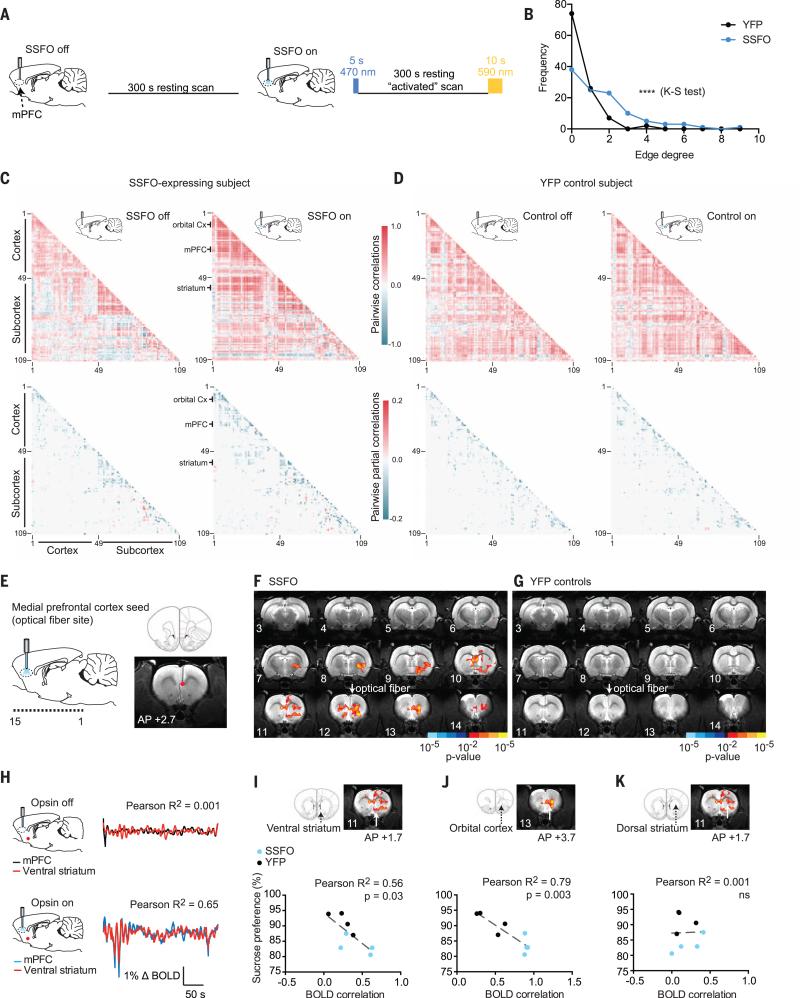Fig. 6. Evoked changes in brainwide interregional relationships and joint statistics after focal optogenetic modulation of mPFC excitability.
(A) Brainwide graphical analysis was performed on resting-state fMRI scans for SSFO-expressing and YFP-control subjects to assess changes in BOLD activity partial correlations between mPFC-activated versus nonactivated scans. (B) Change in edge degree distribution across SSFO (n = 4 rats, 14 runs) and YFP subjects (n = 4 rats, 15 runs) in response to mPFC activation by light (Kolmogov-Smirnov test for difference in distributions between SSFO and YFP groups: D = 0.3394, ****P < 0.0001). (C) Pairwise correlation and sparse partial correlation matrices for 109 brain regions for an example SSFO-expressing subject and (D) a YFP-control subject under nonactivated and mPFC-activated conditions. Each matrix represents the data from a single scan. Brain regions (individual ROIs) are labeled by number; the index key is provided in fig. S12. Selected brain regions have been highlighted. (E) Seed-based correlation analysis (for mPFC seed). (F) Z-score map for changes in correlated BOLD activity with mPFC after SSFO activation for SSFO-expressing subjects (n = 4 rats, 14 runs) and (G) YFP-control subjects (n = 4 rats, 15 runs). (H) Example BOLD activity time series in two ROIs: mPFC (black or blue) and ventral striatum (red) during opsin-off (Pearson R2 = 0.001, P = 0.06) and opsin-on (Pearson R2 = 0.65, P < 0.0001) conditions. (I to K) Relationship between sucrose preference and mPFC-activated BOLD correlations between the mPFC and three brain regions for SSFO-expressing (blue, n = 4 rats) and YFP-control subjects (black, n = 4 rats). (I) Ventral striatum (Pearson R2 = 0.56, P = 0.032, n = 8 pairs). (J) Orbital cortex (Pearson R2 = 0.79, P = 0.0031, n = 8 pairs). (K) Dorsal striatum (Pearson R2 = 0.001, P = 0.95, n = 8 pairs).

